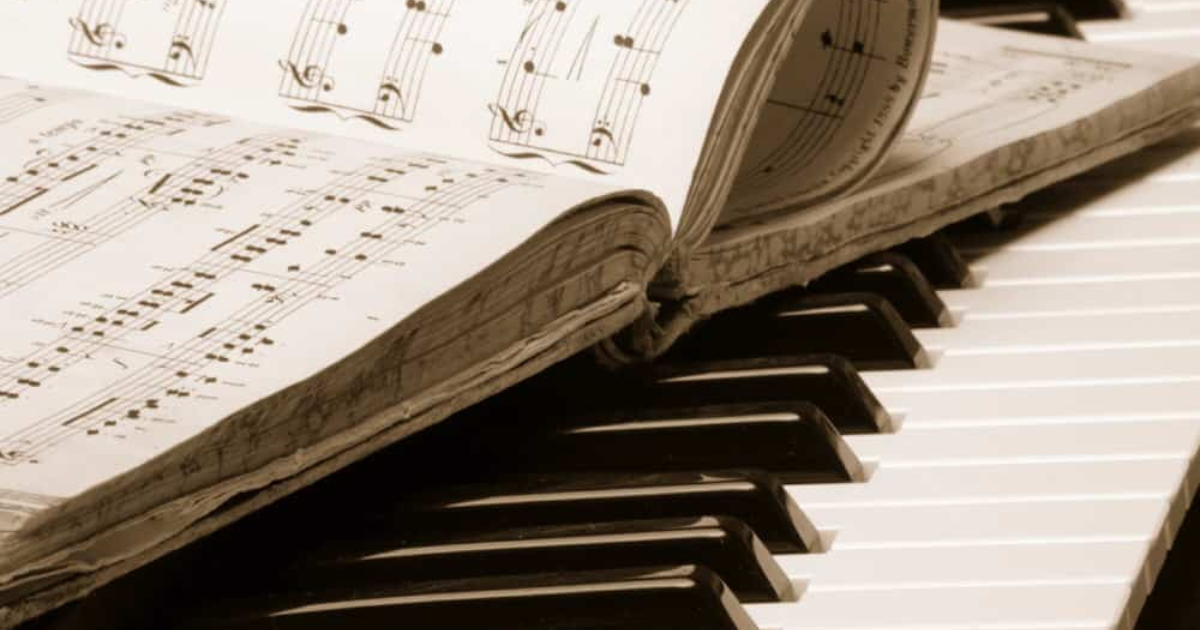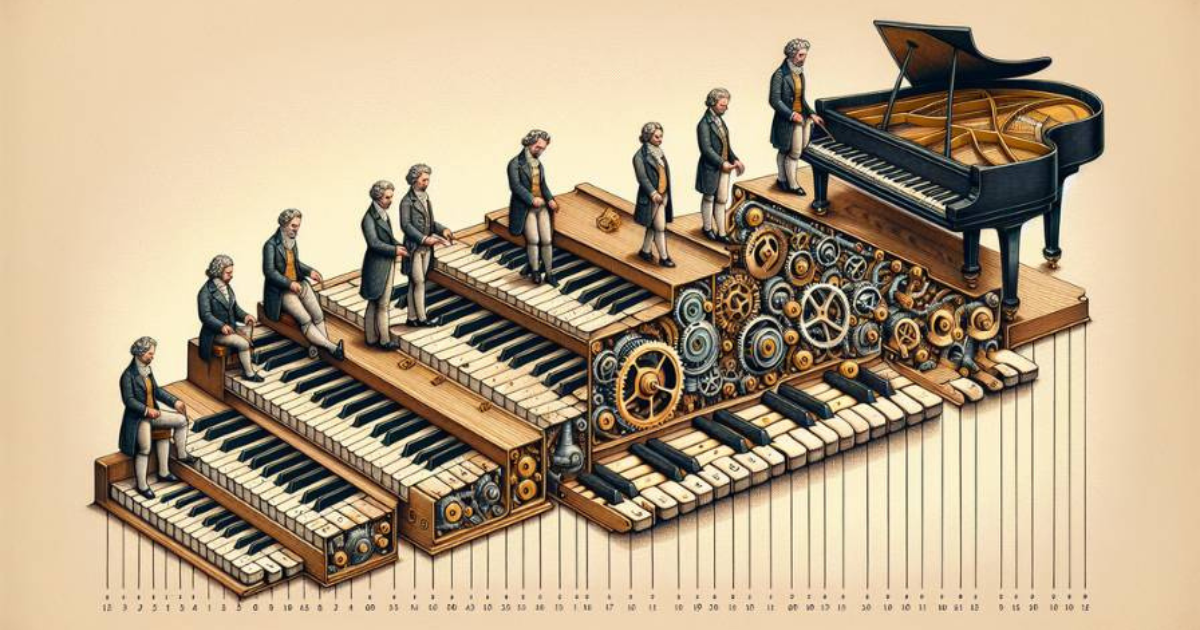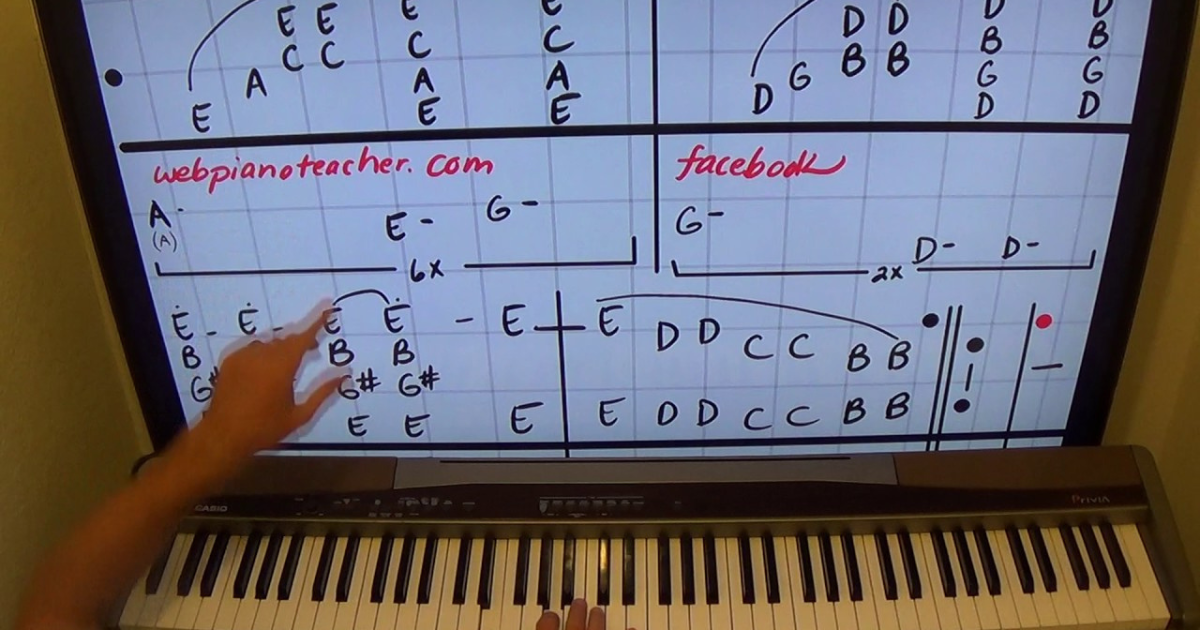Reading piano sheet music can seem daunting for beginners, but with some practice and understanding of the basics, anyone can learn to play their favorite songs. This guide will walk you through the essential elements of piano sheet music, helping you develop your skills and confidence.
Understanding the Staff
At the heart of sheet music is the staff, which consists of five horizontal lines and four spaces. Each line and space represents a different musical note. Notes are placed on the staff to indicate what pitch to play.
- Treble Clef: This is the upper staff, which typically represents higher-pitched notes, often played with the right hand. The notes on the lines from bottom to top are E, G, B, D, and F (remembered with the mnemonic “Every Good Boy Does Fine”), while the spaces spell out F, A, C, E.
- Bass Clef: This is the lower staff, which represents lower-pitched notes, usually played with the left hand. The notes on the lines are G, B, D, F, and A (mnemonic: “Great Big Dogs Fight Alligators”), and the spaces are A, C, E, and G.
2. Note Values
Understanding note values is crucial for reading music. Different notes indicate how long to hold a note:
- Whole Note: 4 beats
- Half Note: 2 beats
- Quarter Note: 1 beat
- Eighth Note: ½ beat
When reading music, pay attention to these values to maintain proper rhythm.
3. Time Signatures
The time signature, found at the beginning of a piece, indicates how many beats are in each measure and what type of note counts as one beat. For example, a 4/4 time signature means there are four beats per measure, and a quarter note gets one beat.
4. Dynamics and Articulation
Dynamics indicate how loudly or softly to play a piece. Common dynamic markings include:
- p (piano): Soft
- f (forte): Loud
- mf (mezzo forte): Moderately loud
- crescendo (<): Gradually getting louder
- decrescendo (>): Gradually getting softer
Articulation markings tell you how to play each note, such as whether to play it smoothly (legato) or sharply (staccato).
5. Practice Reading Music
Start with simple pieces that use basic notes and rhythms. As you become more comfortable, gradually increase the complexity of the music. Here are some tips for effective practice:
- Familiarize Yourself: Before playing, sing the notes or say them aloud to build familiarity.
- Use a Metronome: This helps keep a steady tempo, improving your timing.
- Break It Down: Work on small sections at a time rather than trying to tackle the entire piece at once.
6. Resources for Learning
Utilize online resources, apps, and books dedicated to learning piano sheet music. Websites like musictheory.net offer interactive lessons, while apps like Simply Piano can help guide you through learning pieces with visual aids.





